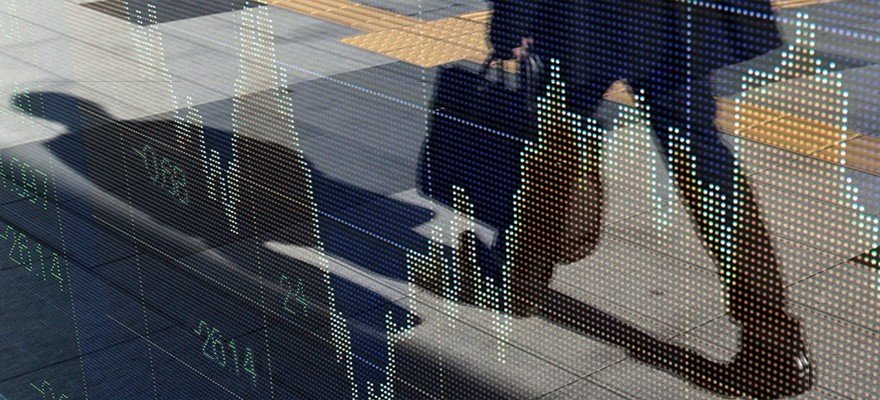One of the world’s most liquid venues for commodity trading in the Asia-Pacific region has reported positive financial trading volumes for the month of November. Overall volumes on the trading venue were up 19% month-on-month, with the average daily trading volume reaching 132,880 contracts in the month.
Commodity markets, particularly gold and oil, have seen a burst of activity on the back of key fundamental events. The ECB’s surprise announcement on purchasing reserves of the precious metal bolstered investor behavior.
TOCOM also saw positive gains in its two key benchmark metals and energy contracts. Crude oil was up 16.3% to 5,594 contracts. The average daily volume recovered to levels last seen in April 2013. Volume on November 17 was 211,301 contracts, the highest since July 2013. Global commodity markets welcomed the volatility in financial instruments in September coming on the back of the ECB’s rates decision, markets having a knock-on effect and November seeing another month of rapid swings.
The CBOE Oil volatility index is trading range bound near its 52 week high of 40.63, currently trading at 38.80.
Despite positive volumes data coming in, commodities haven’t been faring as well as investors expected. A leading index that measures the performance of commodity contracts was down 3.3% year to date, the Nikkei-TOCOM Commodity Index was trading at 322.28.
Traders anticipate gold to finish on a low as 2014 comes to an end. London-based trader Rocky Muddar explains: “Gold was close to the 1,100 mark with further declines as new year trading starts with a strong dollar, however a recent re-bound in the Japanese yen has swung the markets. Central banks in Russia and Switzerland have been pushing gold and around the recent referendum moved the yellow metal 5%.
On the other hand, energy markets are facing a backlash despite markets entering the traditional winter months of higher energy consumption. Crude oil prices stayed on a downward trend throughout the month. Economic forecasts remained negative for Europe and China while expectations of surpluses in the physical market from increased shale oil production and Middle Eastern oil output. This was combined with declining expectations of OPEC production cutbacks.”





Be First to Comment